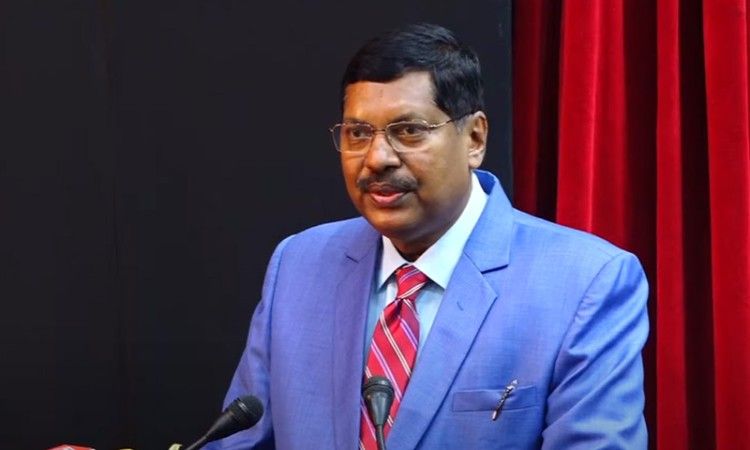The process for India’s top judicial post is officially underway, with the name of Justice Bhushan Ramkrishna Gavai being put forward to become the 52nd Chief Justice of India. His nomination follows the formal recommendation made by current Chief Justice Sanjiv Khanna, who is retiring on May 13.
Justice Gavai is expected to be sworn in as Chief Justice on May 14, and if appointed, will serve in the role until November 2025, giving him a brief tenure of just six months at the helm of the judiciary.
Justice Gavai, Second Judge to Serve from SC Tribe
The Union Law Ministry had earlier initiated the appointment process by requesting the sitting Chief Justice to name his successor. As per established practice, the senior-most judge in line is typically chosen for the post, and Justice Gavai fits that criterion.
With this elevation, Justice Gavai will become only the second judge from the Scheduled Caste community to serve as the Chief Justice of India, following Justice KG Balakrishnan, who held the post from 2007 to 2010.
Justice Gavai’s judicial career spans over two decades. After completing his law degree, he began his legal journey in 1985 and soon started working with Raja S Bhonsale, a former Advocate General and High Court Judge. He began practicing independently in the Bombay High Court in 1987, later shifting his focus to the Nagpur Bench, where he specialised in constitutional and administrative law. Over the years, he also represented civic bodies and government entities such as the Municipal Corporations of Nagpur and Amravati, as well as Amravati University.
Justice Gavai’s Experience
His experience as a public counsel includes roles as Assistant Government Pleader and Additional Public Prosecutor from 1992, followed by his promotion to Government Pleader and Public Prosecutor in 2000. Justice Gavai was appointed as an Additional Judge of the Bombay High Court in November 2003 and became a Permanent Judge in 2005.
During his 15-year tenure at the Bombay High Court, he served at various benches Mumbai, Nagpur, Aurangabad, and Panaji before being elevated to the Supreme Court of India in May 2019.
Justice Gavai has participated in several landmark rulings during his time on the apex court. He was part of the Constitution Bench that upheld the 2016 demonetisation policy brought in by the Modi government. In the majority opinion, he wrote that the move “satisfied the test of proportionality” and confirmed the Union government’s authority to invalidate currency.
Justice Gavai’s Past Life
Another significant judgment under his name declared that state authorities demolishing properties of accused individuals without proper legal procedure was unconstitutional. The ruling emphasised the importance of due process, noting that “executive authorities cannot act as judges and execute demolitions without legal procedures.”
He also served on the bench that recently struck down the Electoral Bonds Scheme, addressing concerns about lack of transparency in political funding.
Born on November 24, 1960, in Amravati, Maharashtra, Justice Gavai comes from a legacy of public service his father, RS Gavai, was a respected social activist and former Governor of Bihar and Kerala.
With his appointment, Justice Gavai is poised to make judicial history not only because of his background, but also due to the critical legal decisions that are likely to come before the court during his short term.
“We dispose of the petition with a direction to the expert committee to prepare its recommendation and submit a report in that regard at the earliest so that relying on the report, the necessary amendments can be given effect to. Let this exercise be taken within a period of three months from today,” the Supreme Court noted in a related recent order.


